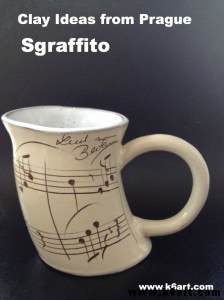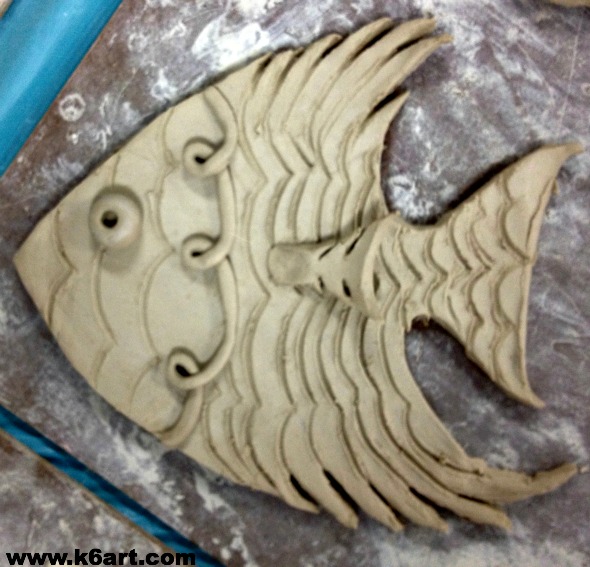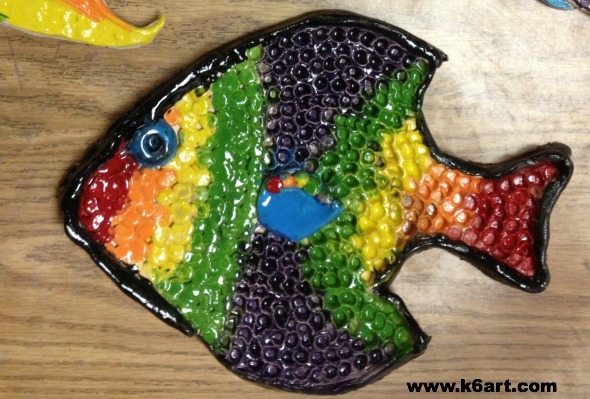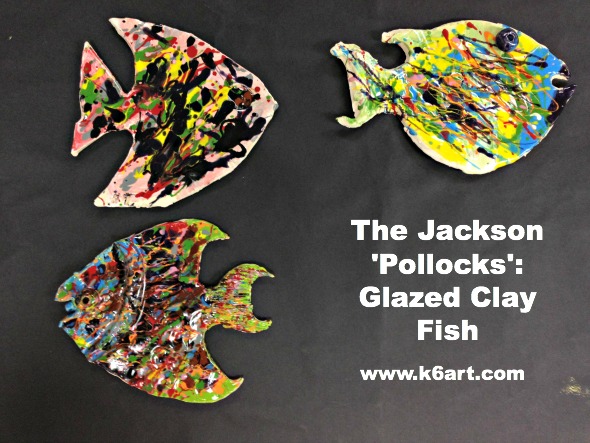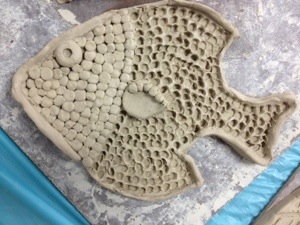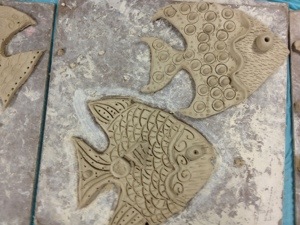I just came back from Prague. WOW. In addition to castles, cathedrals and pastry, I had the joy of checking out hand-made crafts in small shops throughout the city. These clay sheep and owls were so adorable I just had to try them myself!!!
I saw these charming clay sheep tiny gift shop on the Charles Bridge. The shop was so tiny only two people could enter at a time! The ceramic sheep are wheel-thrown clay bells, covered in clay spiral ‘wool’. They are unglazed.
My version of the Czech sheep:
I started with an inverted pinch pot, stuffed it with newspaper, and added face, ears, and spirals. I will let them dry, bisque fire, then do a cold finish by painting with tempera or watercolors, then rinsing off in the sink.
I think this would work for grades 4-6, and take around 45 minutes -1 hour to teach.
Verdict: I showed my sample to my 6th grade helpers: they LOVED it.
The Czech Owls:
These beautiful, textured clay owls were hollow clay cylinders with closed bases. A hole was poked in the base to keep the owl from exploding in the kiln.
My version of the Czech owl:
I started with two pinch pots, stuffed them with newspaper, and sealed together to form a cylinder. I smoothed the cylinder by rolling it back and forth on a board. Next I tapped the bottom on the board to flatten. Finally I wiped the cylinder with a damp sponge to smooth it out.
I textured the clay, and added wings and a beak. I would have liked to have some different texture stamps for the eyes….still, they turned out OK.
I poked a skewer through the bottom to let air escape when firing.
I will let dry, and bisque fire. These owls could be glazed, or just painted with watercolor and sprayed with clear gloss.
These would take about an hour to make. Sixth grade and middle school.
You could also simplify this by using a single inverted pinch pot for the owl body. Be sure to stuff with crumpled newspaper before adding texture. This could work for grades 4-6.
Verdict: my 6th grade helpers thought my owls looked like penguins!!! They recommended making smaller eyes and bigger wings. They definitely preferred the sheep.
Although I did not bring home the Czech clay sheep or owls, I couldn’t leave that awesome gift shop empty-handed! I left with this fabulous Beethoven sgraffito mug as a gift for my husband.
Well, spring break was awesome but it’s over. Back to work!
Enjoy!







